North Fork Siphon Replacement
Hanna, Utah
PROJECT OF THE YEAR FINALIST and BEST PROJECT WATER/ENVIRONMENT
OWNER: Central Utah Water Conservancy District
LEAD DESIGN FIRM: AECOM
CIVIL ENGINEER (MATERIALS TESTING): Jones & DeMille Engineering
GENERAL CONTRACTOR: Whitaker Construction Co.
SUBCONTRACTORS: Americom Technology Inc.; Jones Drilling and Shoring; LCS Cable Cranes; National Welding Corp.; Westview Concrete Corp.
A key component of the Strawberry Aqueduct and Collection System in northeastern Utah, the North Fork Siphon was a 72-in.-dia, prestressed concrete cylinder pipe at the end of its useful life. This project replaced it with an 84-in.-dia, welded-steel pipe located parallel to the old one. The system ensures delivery of 50,000 acre-ft of water to Utah residents per year. Carrying water at approximately 285 cu ft per second from the Stillwater Tunnel, the siphon descends 700 ft down a 55-degree grade to the floor of a mountain valley bisected by the North Fork of the Duchesne River.
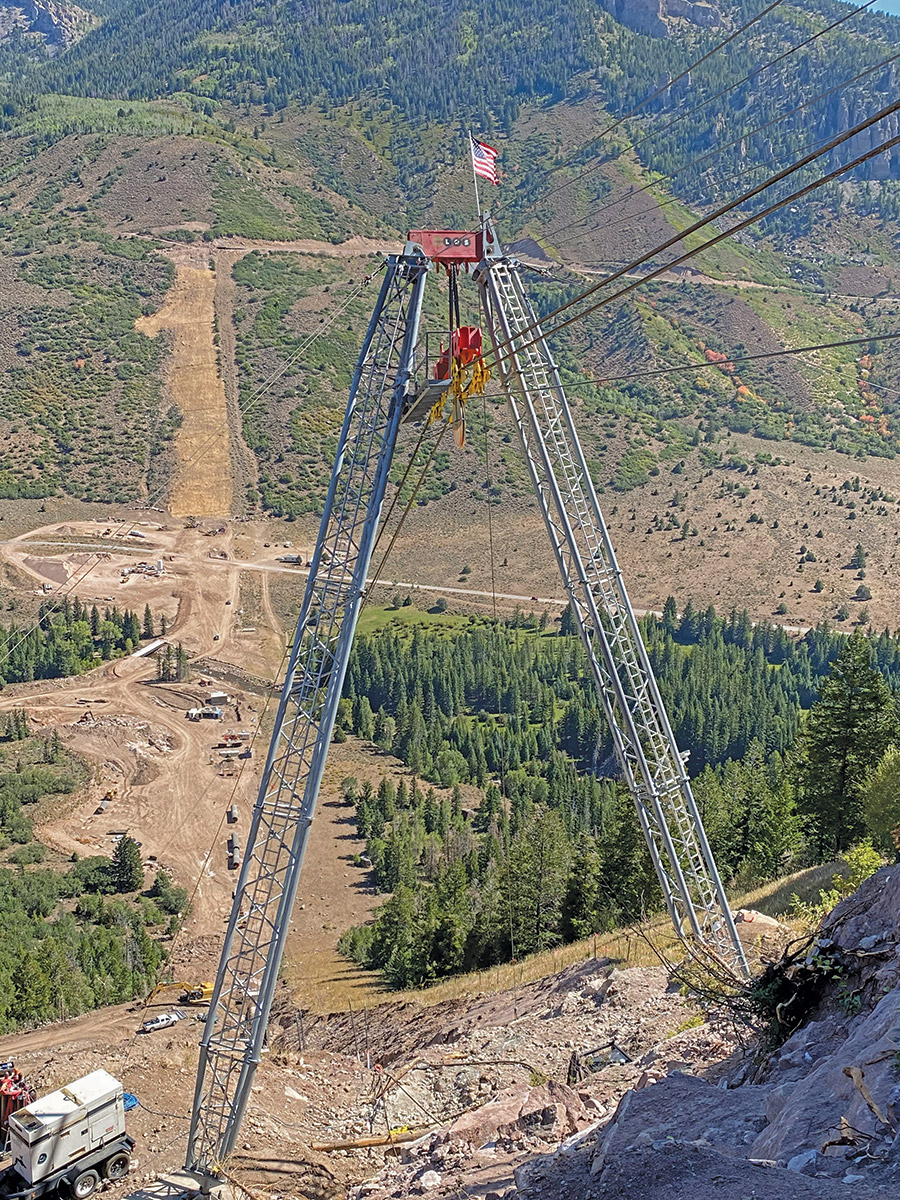
Photo by Blake Buehler
The adverse weather conditions in North Fork Canyon limited construction only to non-winter months until substantial completion in April 2021. The work included installing 154 pipe segments on two slopes with up to 70% inclines. There was only a 700-ft elevation difference between the siphon inlet-outlet and the valley bottom. Installation tasks on the steep slope were performed with a cable crane system to minimize the environmental footprint and avoid construction scarring on canyon faces. Whitaker purchased the equipment from a firm in Austria. It consists of two 80-ft-tall towers and spools of cable that can reach up to 2,000 ft.
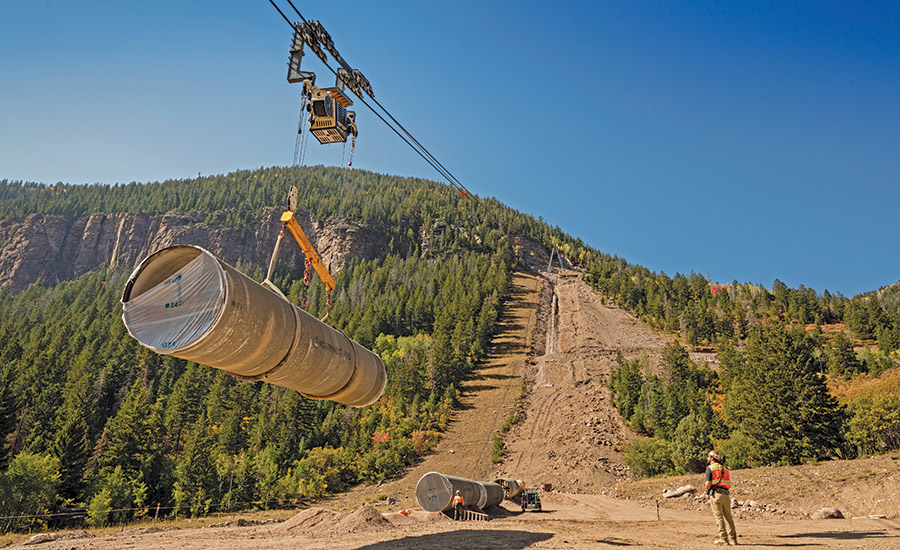
Photo by Jacom Stephens
Installation also required an open-cut crossing of the North Fork of the Duchesne River; the placing of anchor blocks, anchors and micropiles; the demolition and construction of a replacement tunnel inlet portal and blow-off structure; and the installation of two new manway and isolation structures and active cathodic protection systems. The restoration plan included drainage control channels, native topsoil and reseeding, channel bed restoration and revegetation of disturbed areas of the riverbank.
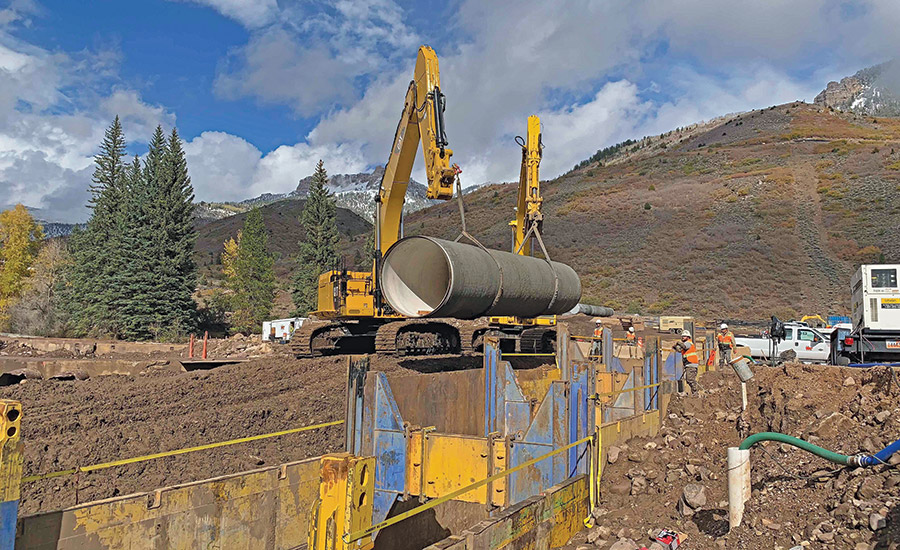
Photo by Troy Ovard
Related link: ENR Mountain States Best Projects 2021
Related link: Intermountain Best Projects 2021
(Subscription Required)
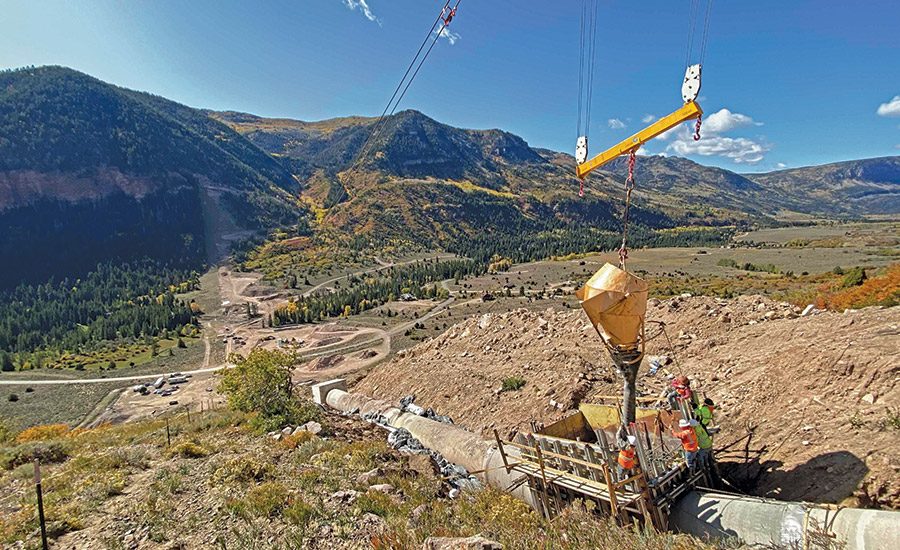

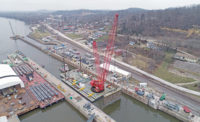
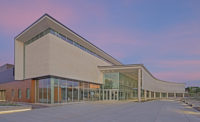
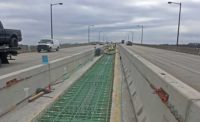
Post a comment to this article
Report Abusive Comment